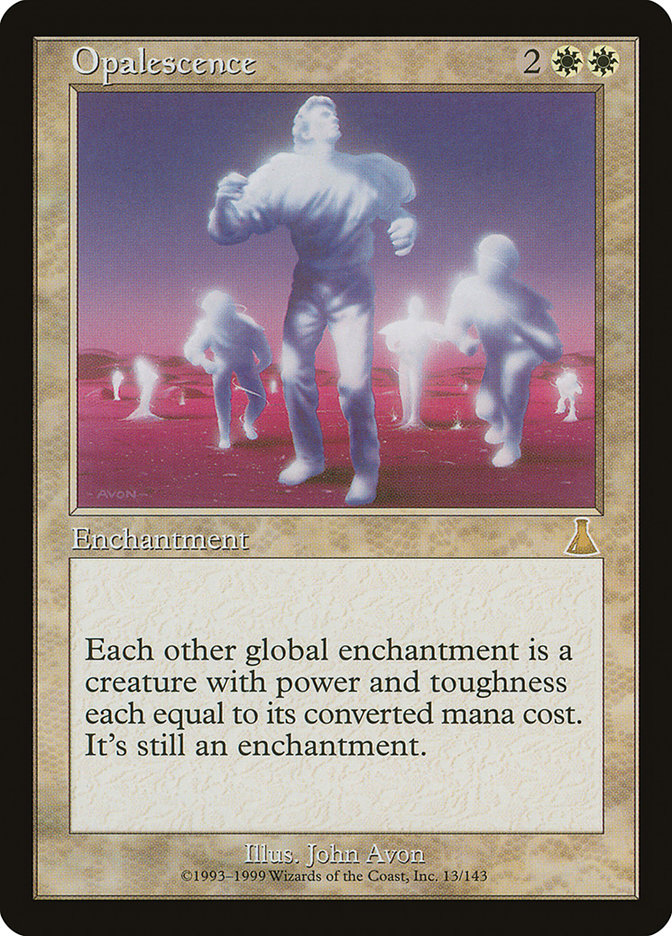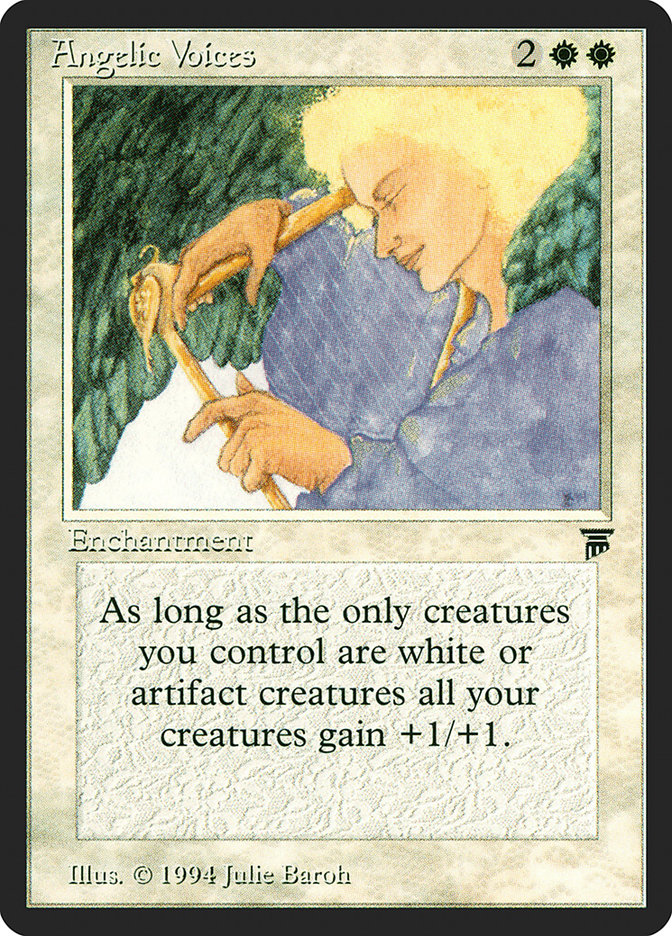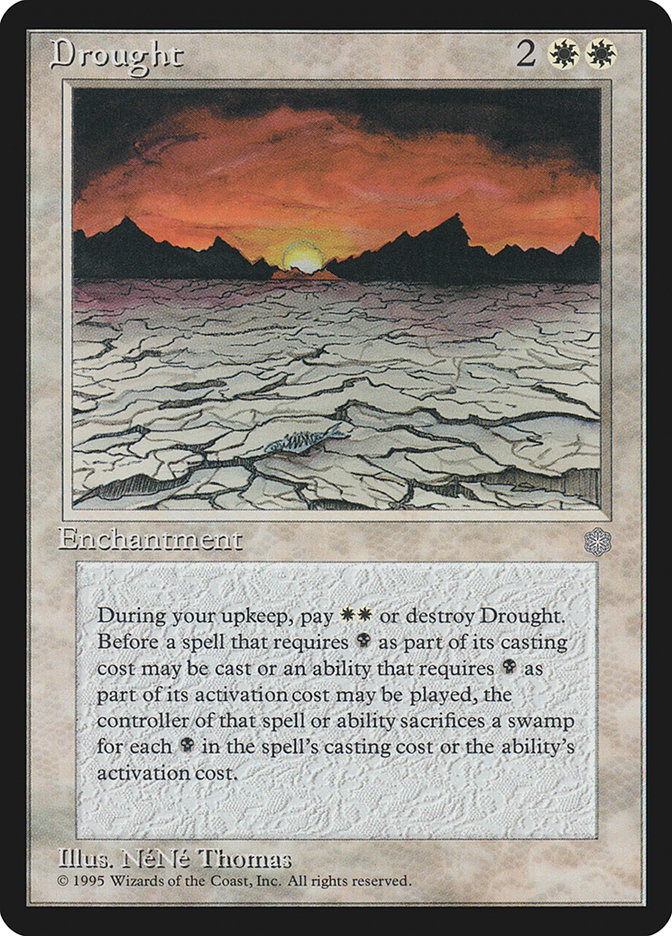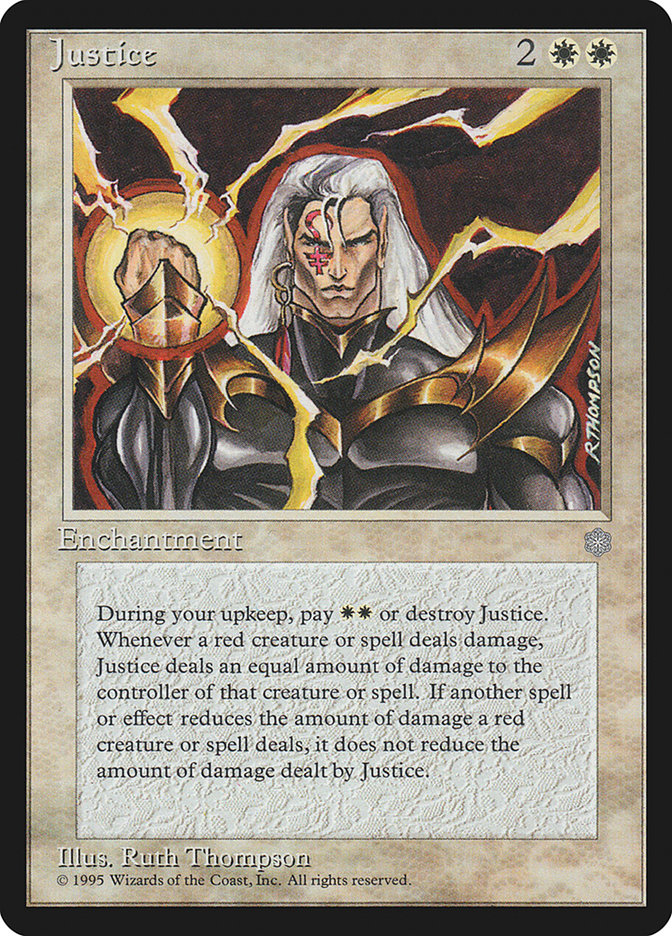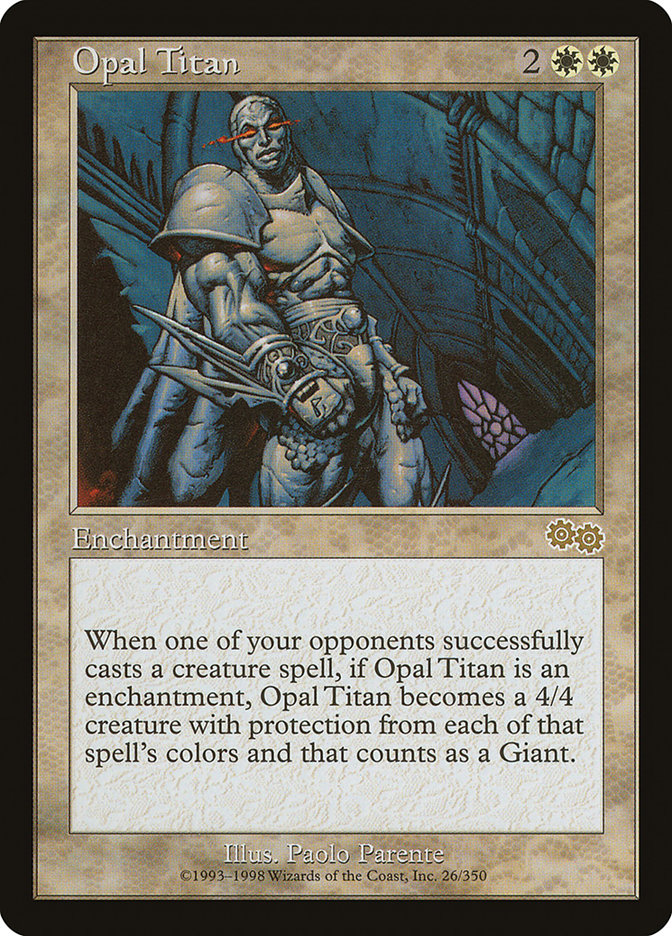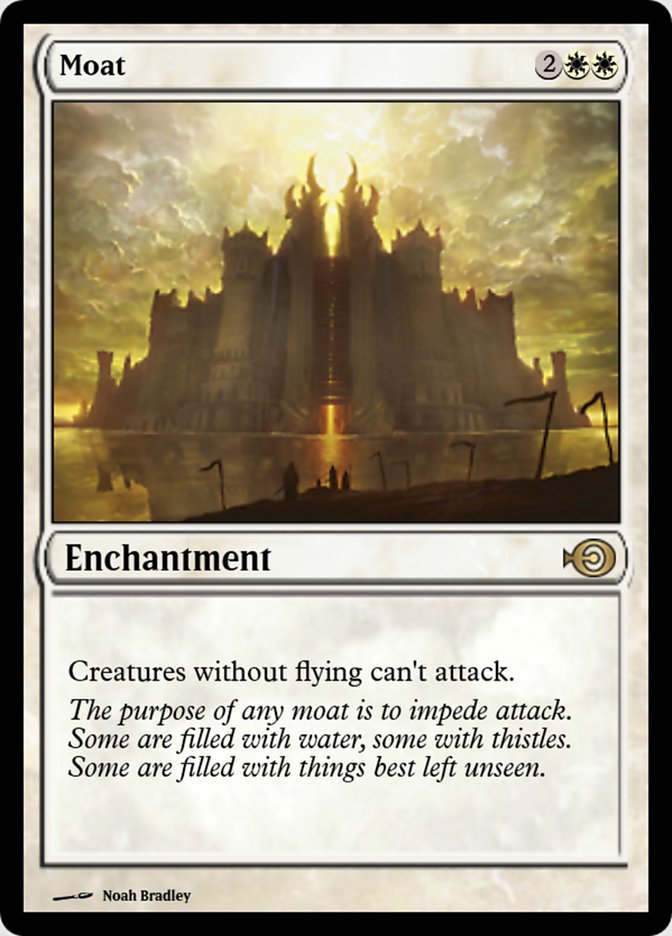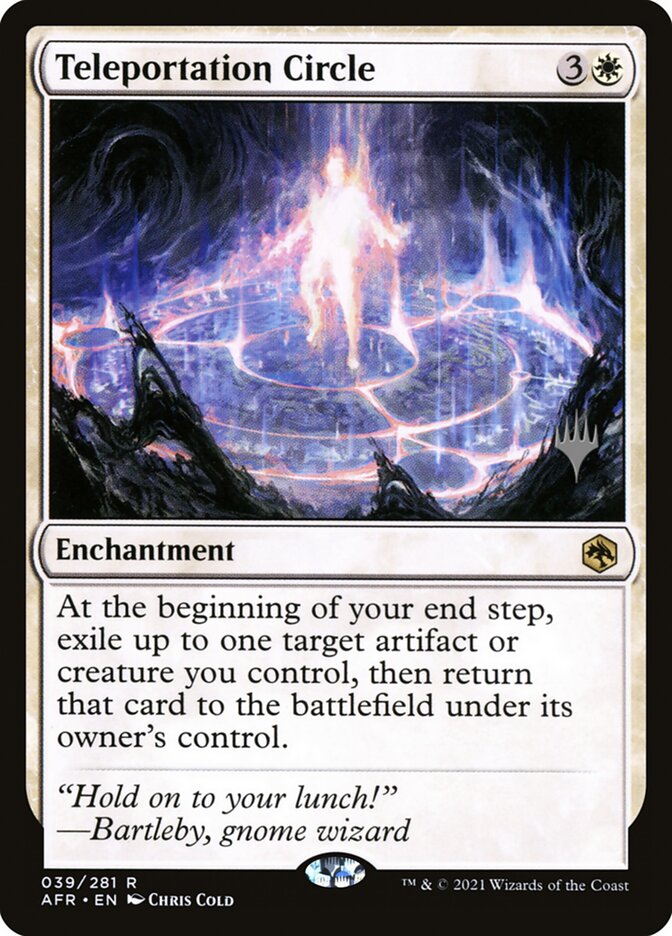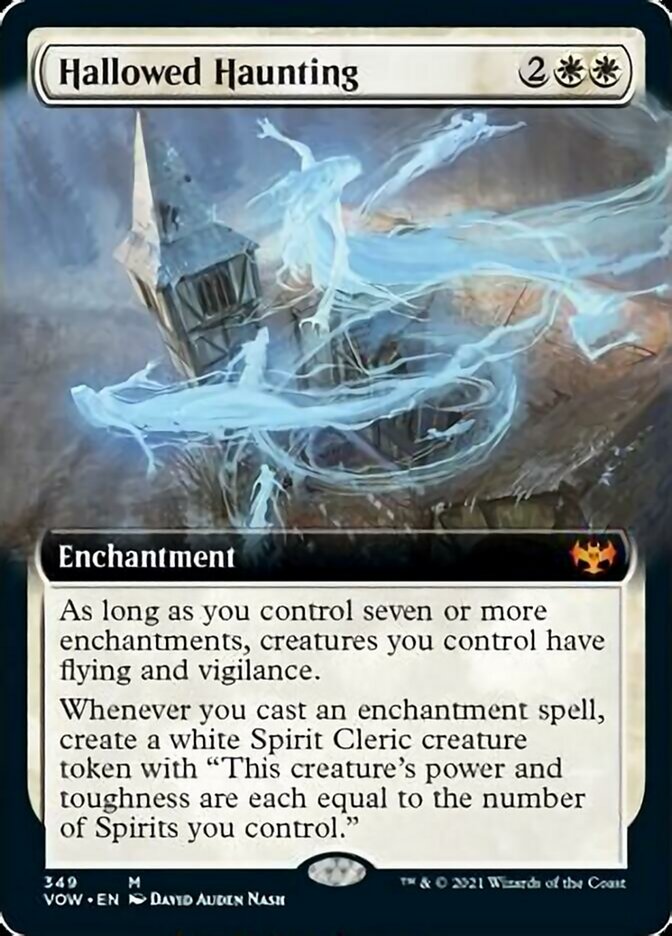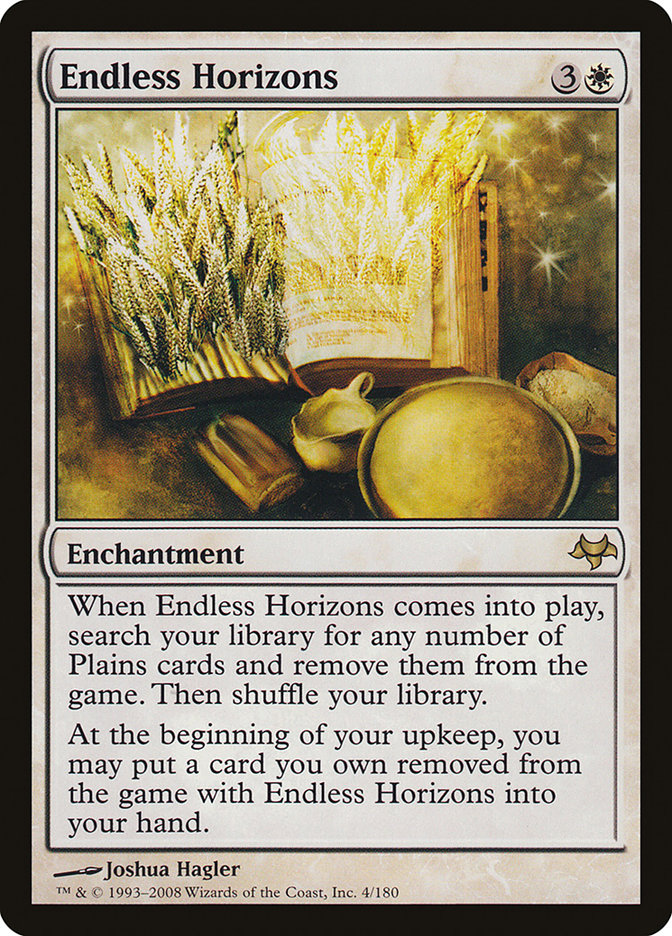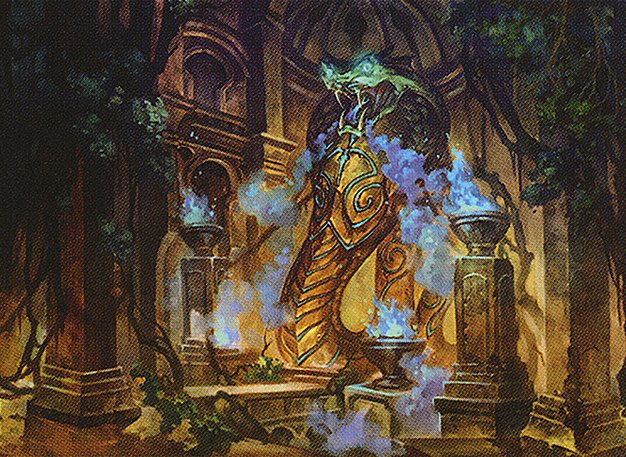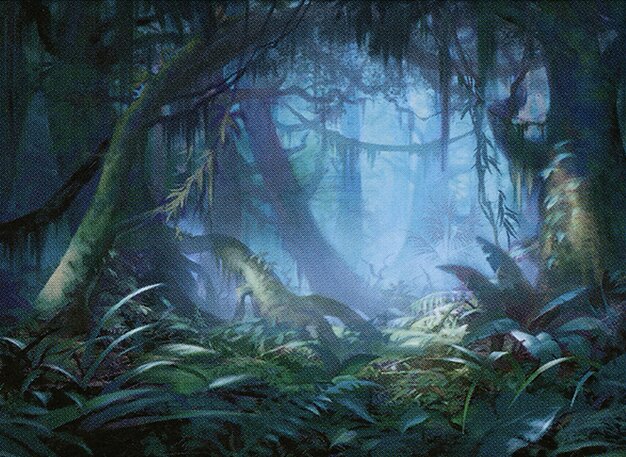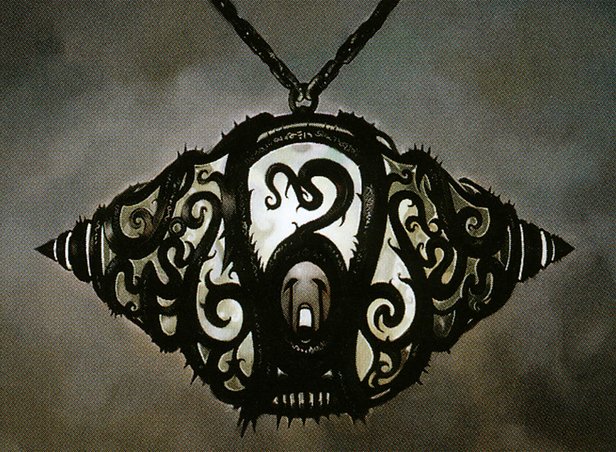Opalescence MTG Card
| Card sets | Released in 2 setsSee all |
| Mana cost | |
| Converted mana cost | 4 |
| Rarity | Rare |
| Type | Enchantment |
Key Takeaways
- Opalescence turns each enchantment into a creature, dynamically altering the battlefield and strategic play.
- Deck builders use Opalescence for combo potential, creating powerful synergies with other enchantments.
- Opalescence plays a pivotal role in Legacy formats, highlighting its enduring popularity and strategic depth.
Text of card
Each other global enchantment is a creature with power and toughness each equal to its converted mana cost. It's still an enchantment.
Card Pros
Card Advantage: By turning all your enchantments into creatures, Opalescence intertwines the combat and enchantment mechanics of the game, potentially giving you a card advantage.
Resource Acceleration: With Opalescence mtg in play, your enchantments become more than just static orderlies. They morph into creature allies, ready to do your combat bidding. This can increase your available resources many times over depending on the enchantments on the battlefield.
Instant Speed: Though it’s not an instant-speed spell, the surprise and often lethal transformation of enchantments into creatures once Opalescence enters the battlefield may force opponents to use instant-speed removals or engage in unfavorable trades. Therefore, the ambiguity it introduces serves a similar purpose to instant speed spells.
Card Cons
Discard Requirement: Opalescence doesn’t have a discard requirement per se, but it does transform all non-aura enchantments into creatures. This can force you to bid goodbye to enchantments that were more useful in their original form, essentially acting as a forced discard.
Specific Mana Cost: This card demands a cost of two white mana to play, which could potentially exclude it from decks where white is not a primary color. Therefore, Opalescence may not always be the right play due to deck constraints.
Comparatively High Mana Cost: For an overall mana cost of four, in a MTG game where management of resources is crucial, Opalescence can put a strain on your mana pool. Other cards at a similar cost might offer more immediate, direct advantages.
Reasons to Include in Your Collection
Versatility: Opalescence can slide its way into a multitude of MTG decks. Decks centered around enchantments or cards that exploit ‘enters the battlefield’ triggers can highly benefit from this card’s unique attribute of turning all non-Aura enchantments into creatures, giving an exciting new angle to your gameplay strategies.
Combo Potential: Numerous exciting synergy possibilities arise when you consider Opalescence’s ability to turn static enchantments into dynamic creatures. Being able to use what were once simple enchantments as substantial blockers, heavy hitters, or sacrifice fodder amplifies the potential for unexpected and impactful combos.
Meta-Relevance: In meta-game scenes involving heavy control or enchantment strategies, Opalescence can alter the game’s balance. Its exceptional ability to animate all non-Aura enchantments, gives you an edge over your opponents, making your deck harder to predict and counter, thus, dramatically increasing its value.
How to beat
Overcoming Opalescence in a game of Magic: The Gathering requires strategic planning and technical gameplay. As a potent enchantment that turns other non-Aura enchantments into creatures, it is no easy task to defeat this card on the battlefield. Even so, countering its effects is not impossible. In times of such dire need, cards that target enchantments for destruction or conversion into more manageable threats emerge as essential assets for any player.
Mortal’s Ardor and Mortify are particularly versatile options, providing ways to deal with enchantments turned creatures. As surreptitious weapons in your arsenal, they allow you to neutralize the threat of Opalescence without requiring significant resource expenditure.
Similarly, consider using abilities that exile cards or effects that change the target of the harmful enchantment. A well-timed Path to Exile or Swiftfoot Boots maneuver can turn the tide of battle in your favor, proving that knowing how to use your deck effectively against Opalescence can make all the difference.
In conclusion, while Opalescence is a powerhouse card in MTG, its strength can be mitigated by understanding its mechanics and possessing a well-prepared deck that can unravel its effect strategically.
BurnMana Recommendations
Dive deep into the strategic world of Magic the Gathering, where every card and move can tip the scales in your favor. Your arsenal of strategies is about to get a quantum leap with insights tailored to arm you for the battleground of wits and cunning. And in this cosmos of infinite plays, where Opalescence and its synergies can forge the linchpin of a winning deck, every bit of wisdom counts. Embrace the thrill, bolster your skills, and piece together the ultimate deck. The path to glory awaits, and with the right knowledge, your victories will resonate through the annals of MTG lore. Embark on this quest with us, and let’s conquer the battlefield together.
Cards like Opalescence
Opalescence, within the realm of Magic: The Gathering, shares similar function and trait with Starfield of Nyx. Both have the power to turn enchantments into creatures, lending additional strategic weight in gameplay. However, Opalescence leads by turning all enchantments into creatures, ignoring their casting costs, unlike Starfield which only affects those of cost three or less.
Another card often likened to Opalescence is Animated Statue. This artifact, not unlike our targeted card, animates non-Aura enchantments though the resulted creatures bear different properties. While Animated Statue generates golem creatures, Opalescence simply imparts power and toughness to enchantments, proportionate to their casting costs.
March of the Machines is another card with an animation effect, but it targets artifacts. In comparison, Opalescence offers more flexibility by mobilizing enchantments, a more widely applicable card type in Magic: The Gathering.
In essence, though there are several cards echoing the transforming effect of Opalescence, each offers a slightly different advantage. Yet, considering gameplay versatility, Opalescence, with its uncapped enchantment-into-creature ability, stands as a powerful force in Magic: The Gathering.
Cards similar to Opalescence by color, type and mana cost
Where to buy
If you're looking to purchase Opalescence MTG card by a specific set like Urza's Destiny and World Championship Decks 2000, there are several reliable options to consider. One of the primary sources is your local game store, where you can often find booster packs, individual cards, and preconstructed decks from current and some past sets. They often offer the added benefit of a community where you can trade with other players.
For a broader inventory, particularly of older sets, online marketplaces like TCGPlayer, Card Kingdom and Card Market offer extensive selections and allow you to search for cards from specific sets. Larger e-commerce platforms like eBay and Amazon also have listings from various sellers, which can be a good place to look for sealed product and rare finds.
Additionally, Magic’s official site often has a store locator and retailer lists for finding Wizards of the Coast licensed products. Remember to check for authenticity and the condition of the cards when purchasing, especially from individual sellers on larger marketplaces.
Below is a list of some store websites where you can buy the Opalescence and other MTG cards:
- eBay
- TCG Player
- Card Kingdom
- Card Market
- Star City Games
- CoolStuffInc
- MTG Mint Card
- Hareruya
- Troll and Toad
- ABU Games
- Card Hoarder Magic Online
- MTGO Traders Magic Online
See MTG Products
Printings
The Opalescence Magic the Gathering card was released in 2 different sets between 1999-06-07 and 2000-08-02. Illustrated by John Avon.
| # | Released | Name | Code | Symbol | Number | Frame | Layout | Border | Artist |
|---|---|---|---|---|---|---|---|---|---|
| 1 | 1999-06-07 | Urza's Destiny | UDS | 13 | 1997 | Normal | Black | John Avon | |
| 2 | 2000-08-02 | World Championship Decks 2000 | WC00 | tvdl13 | 1997 | Normal | Gold | John Avon |
Legalities
Magic the Gathering formats where Opalescence has restrictions
| Format | Legality |
|---|---|
| Commander | Legal |
| Legacy | Legal |
| Oathbreaker | Legal |
| Premodern | Legal |
| Vintage | Legal |
| Duel | Legal |
| Predh | Legal |
Rules and information
The reference guide for Magic: The Gathering Opalescence card rulings provides official rulings, any errata issued, as well as a record of all the functional modifications that have occurred.
| Date | Text |
|---|---|
| 2004-10-04 | Does not animate itself. But can be animated by another Opalescence. |
| 2006-02-01 | With a Humility and two Opalescences on the battlefield, if Humility has the latest timestamp, then all creatures are 1/1 with no abilities. If the timestamp order is Opalescence, Humility, Opalescence, the second Opalescence is 1/1, and the Humility and first Opalescence are 4/4. If Humility has the earliest timestamp, then everything is 4/4. |
| 2008-08-01 | A noncreature permanent that turns into a creature can attack, and its abilities can be activated, only if its controller has continuously controlled that permanent since the beginning of their most recent turn. It doesn’t matter how long the permanent has been a creature. |
| 2009-10-01 | This is the current interaction between Humility and Opalescence: The type-changing effect applies at layer 4, but the rest happens in the applicable layers. The rest of it will apply even if the permanent loses its ability before it’s finished applying. So if Opalescence, Humility, and Worship are on the battlefield and Opalescence entered the battlefield before Humility, the following is true: Layer 4: Humility and Worship each become creatures that are still enchantments. (Opalescence). Layer 6: Humility and Worship each lose their abilities. (Humility) Layer 7b: Humility becomes 4/4 and Worship becomes 4/4. (Opalescence). Humility becomes 1/1 and Worship becomes 1/1 (Humility). But if Humility entered the battlefield before Opalescence, the following is true: Layer 4: Humility and Worship each become creatures that are still enchantments (Opalescence). Layer 6: Humility and Worship each lose their abilities (Humility). Layer 7b: Humility becomes 1/1 and Worship becomes 1/1 (Humility). Humility becomes 4/4 and Worship becomes 4/4 (Opalescence). |
